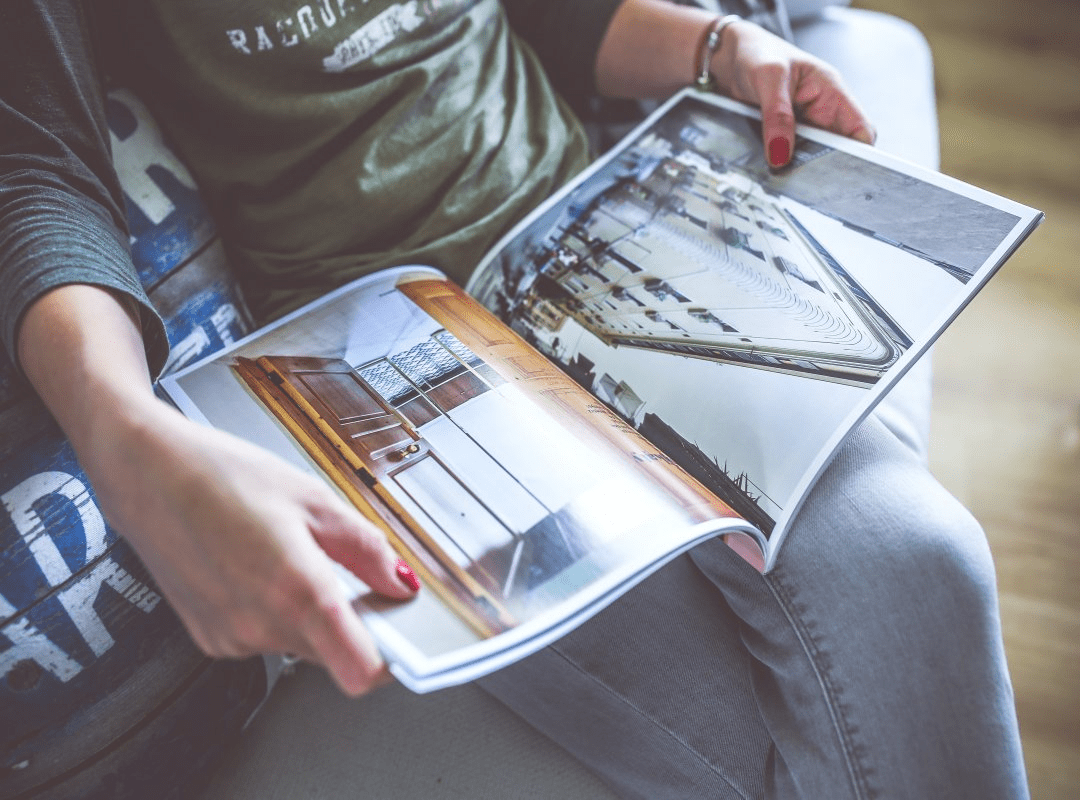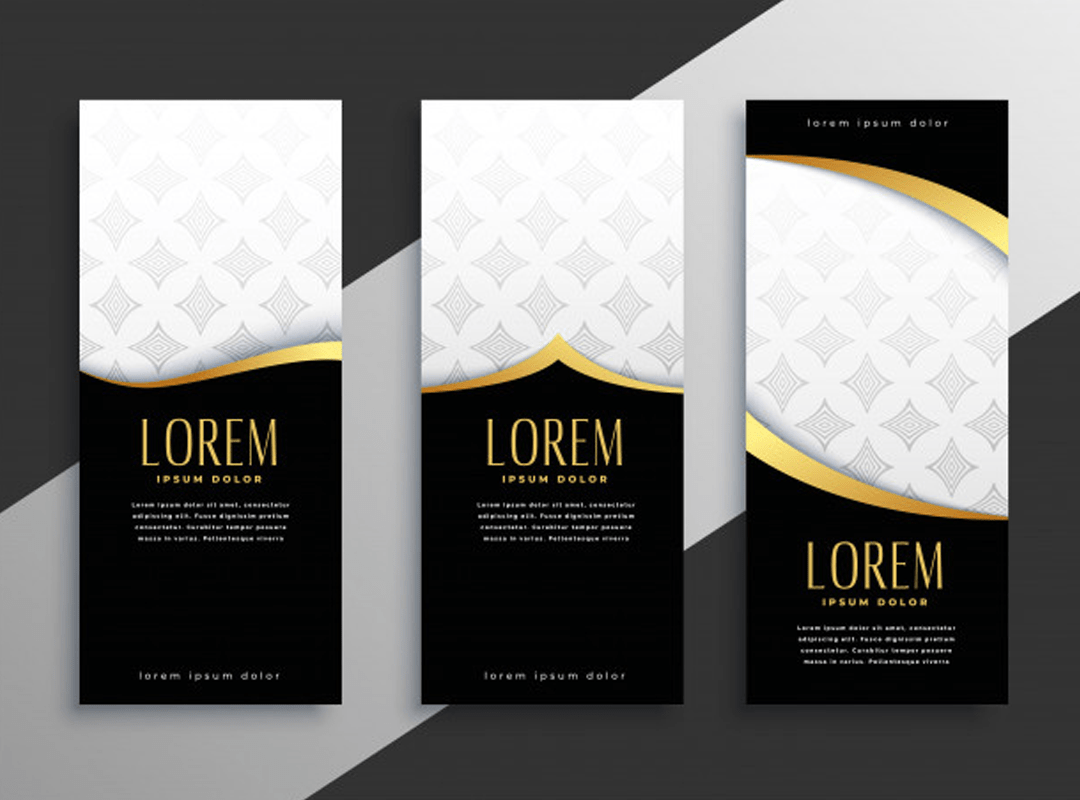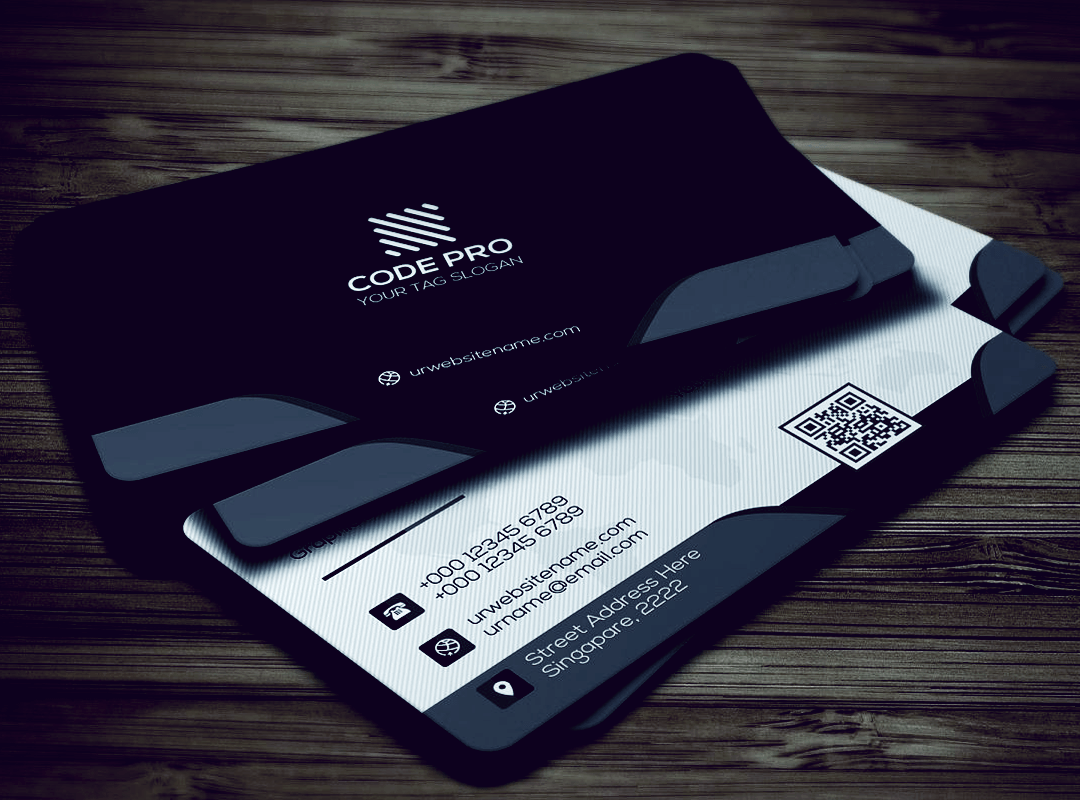Pastel colours are known to add elegance to a design. They bring out the ‘soothing’ element of a design. These days pastels are everywhere, from our wardrobe to our walls. However, one needs to maintain an aesthetic precision while using the pastel colours. You have to keep certain principles in mind like picking the right surface, understanding the difference between variety of pastels, etc. This article lays down an artistic guide for working with pastel colours.
Pastel colours are those colours which have low to medium saturation level. They give a milk and washed out look. For example, pink, mauve, baby blue, mint, peach, etc. They are completely opposite to the chromatic colours. Following are a few innovative design techniques to design a pastel art:
1. Pick the right surface
Select the right quality of paper for your art. Pastels do not work with every sort of paper. For example, if the paper quality is too smooth, then pastels won’t work on them. Go for a paper having not too smooth texture. Check the pH level of the paper. Choosing an acidic paper can cause colour variations. This can cause serious damage to your artwork. Opt for a pH neutral paper. The best surfaces for pastel artwork are canvas, pastel paper, water colour paper and sand board. Picking the right surface is essential for working with pastel colours.
2. Go for layering and smudging
Layering your pastel colours with a light touch is always advisable. There are numerous techniques for layering of pastels like scumble, glaze, feather, etc. These techniques work for blending the pastel colours together. Translations are achieved by simply rubbing the pastels on the surface. Smudging involves smearing the pastels. You can use your hand or smudging tools for this purpose. Begin smudging with the dark colours followed by applying a fixative onto your surface. Layering and smudging are two innovative design techniques for experimenting with pastel colours.
3. Difference between pastels
There are different kinds of pastels in the market. Soft pastels give a rich and buttery feeling and can be easily blended. Hard pastels are suitable for enhancing or working with details in the artwork. Oil pastels have an oil binder and are not as soft as the soft pastels. Also, they don’t smudge easily. Water soluble pastels is the new pastel range. They give a semi-washed look when water is spilled or brushed onto them. You should be aware of all these basic pastel colour ranges before working with the pastel colours.
4. Soft and hard pastels
Soft pastels have a pure pigment and are easy to blend. They give a smooth and velvety look to the design. Their colours are very strong and elegant. The hard pastels lack pigment and are difficult to blend. They are also strong but less vibrant. They can be used to give a sharp look to your design. Use both soft and hard pastel colours to get subtle shades of pale colours. Moreover, they enhance the vividness and elegance of a design by their vibrancy and gentleness. They are the most commonly used forms of pastels to design a pastel art.

5. Oil and water pastels
Oil pastels are made up of an oil binder. They impart an intense colour to your design. There is no need to set up a proper surrounding for using oil pastels. Keep them clean as they readily pick up other colours. This is necessary to achieve a neat blending of colours. Water soluble pastels can be used like the soft pastel colours. Their special feature is to create a washed out effect. You simply have to use an additional brush with some water and paint over the water pastel colour. This is a commonly used artistic technique to design a pastel art.
Get a basic understanding for working with pastel colours from the above points. You must be aware of the basics before beginning your pastel artwork. This is essential so as to achieve the best possible results in designing.










